Episode 250: How to use your seat to cue your horse.
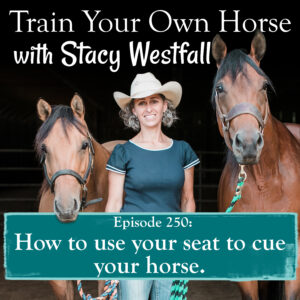
It is remarkable how well horses can learn to read a rider’s seat cues.
In this podcast, I explain how I use my seat cues to communicate with my horses, including how these seat cues can naturally develop.
A seat can:
Follow the motion
Get ahead of the motion
Get behind the motion
One hip bone can be more on top of the saddle-to the left or right
One hip bone can be leading or behind
These can be used in many combinations to communicate in detail with your horse.
In this podcast, I start at the riders’ head, and talk all the way down to the seat bones. Listen first to get and idea…and the second time, sit on a chair, ball or a tolerant horse and follow along with my descriptions.
Show notes:
Equine Activity Ball by Weaver Leather:
SUBSCRIBE TO THE PODCAST HERE:
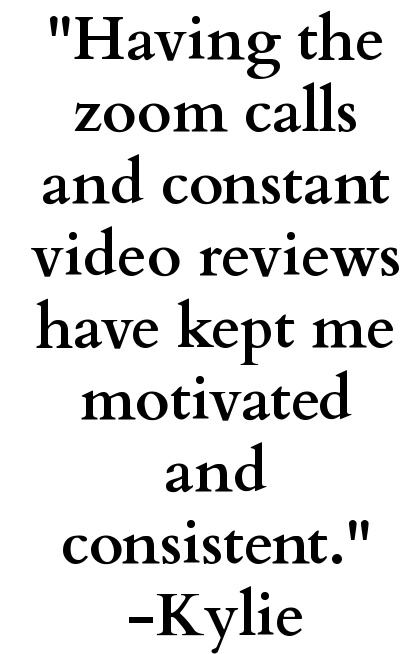
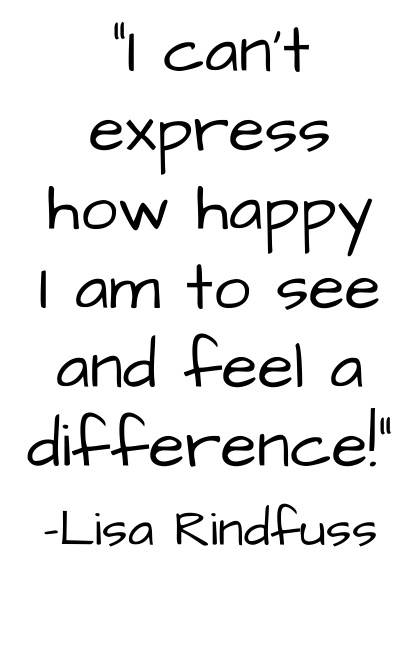
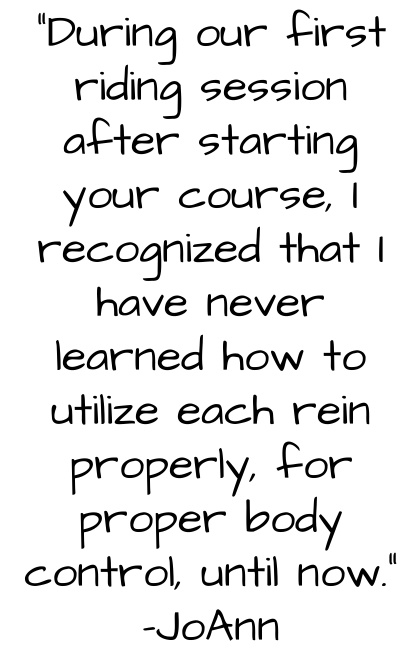
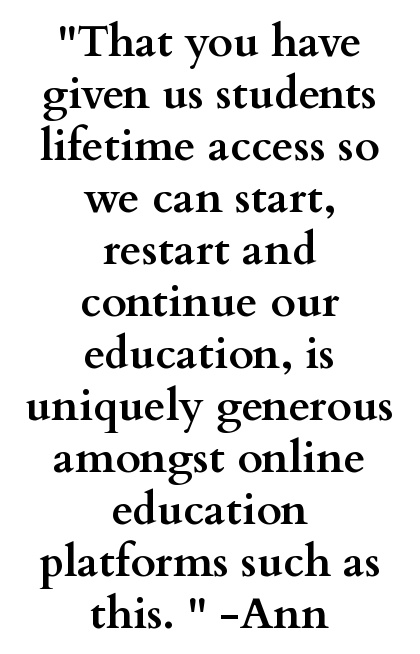
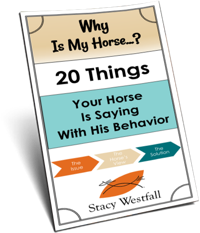
YOURS FREE
WHY IS MY HORSE...?

